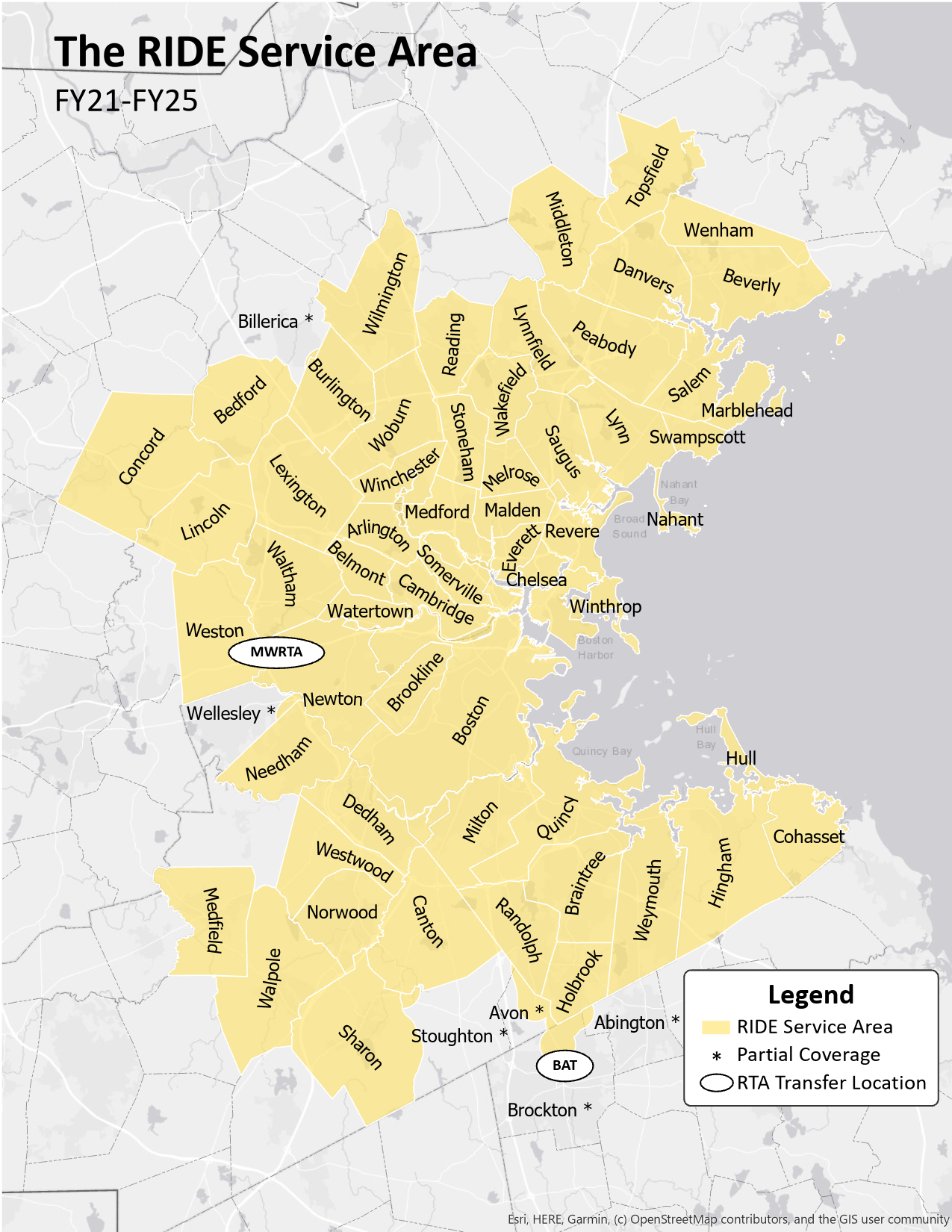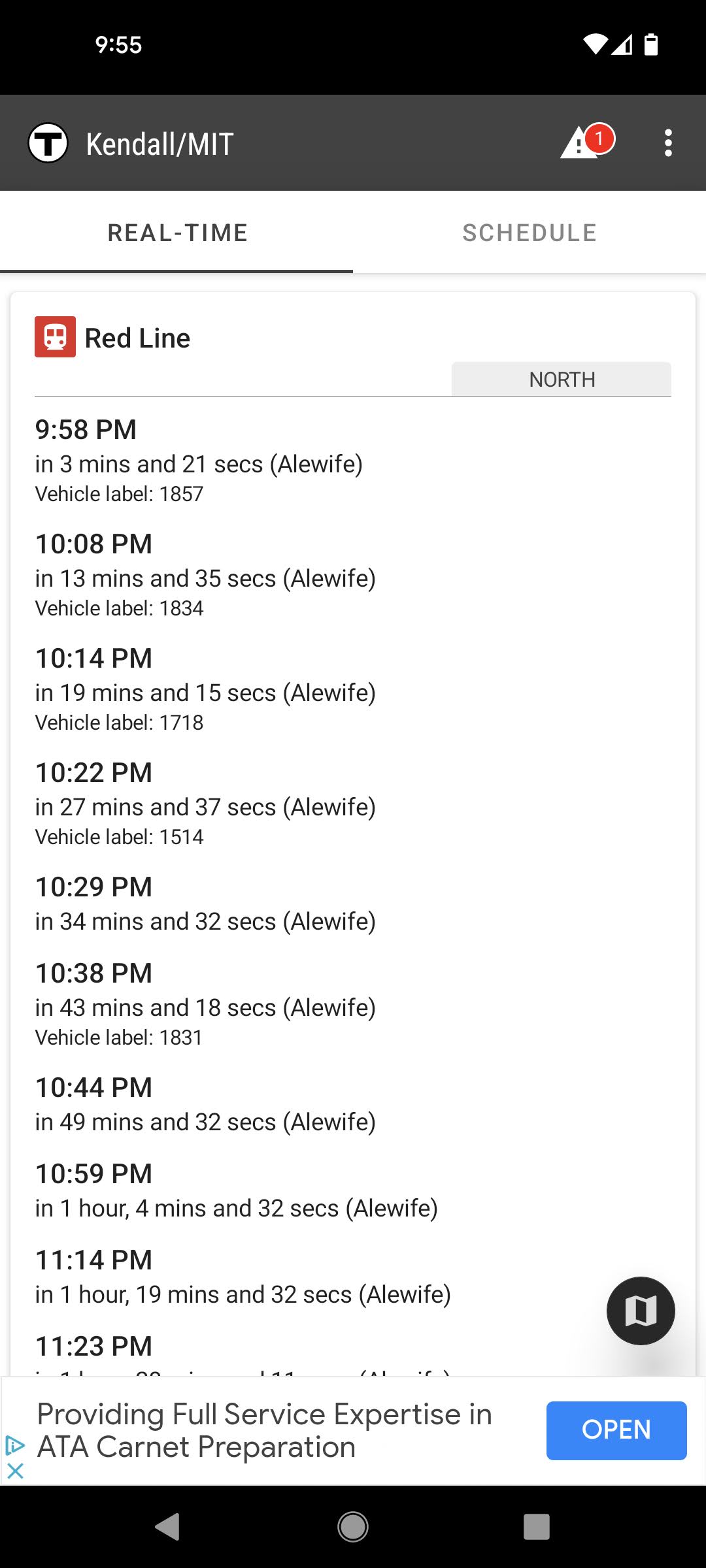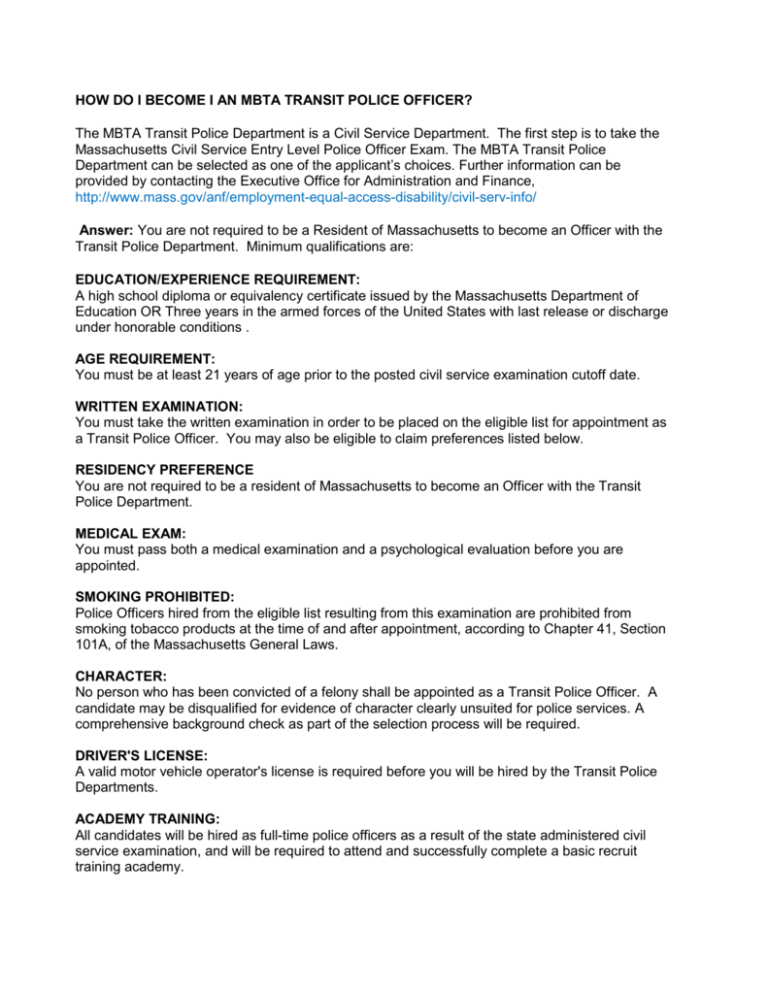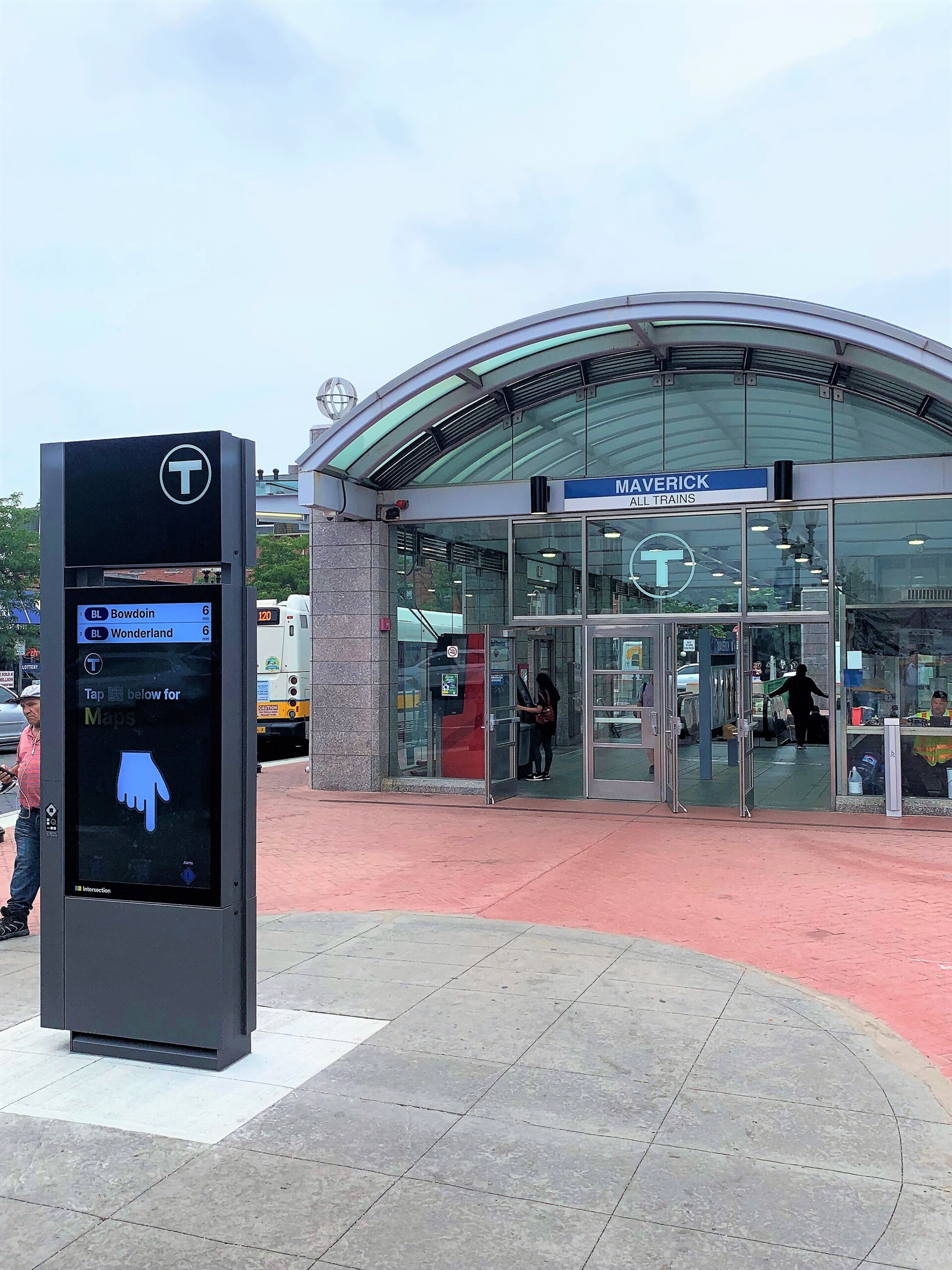Is the Massachusetts Bay Transportation Authority (MBTA) undergoing a transformation? The implementation of Charlie, the new fare payment system, alongside the expansion of contactless payment options, indicates a significant shift towards modernization and improved user experience.
The evolution of the MBTA is a story of infrastructure, community, and constant adaptation. Serving the Greater Boston area, the MBTA, colloquially known as The T, connects the diverse communities within and beyond the city limits. It is a lifeline for commuters, students, and tourists alike, providing access to employment, education, and cultural experiences. However, the MBTA is not just a mode of transport; it's a complex ecosystem, one that frequently finds itself at the center of public discourse, from operational efficiency to fiscal responsibility.
The MBTA's reach extends far beyond Boston proper. Numerous communities, including Brookline, MA, are directly served by its bus routes. Brookline, a vibrant town nestled in the shadow of Boston, relies on the MBTA for a vital connection to the city and surrounding areas. Four bus routes, specifically routes 51, 60, 65, and 66, weave through the town, ensuring residents can access key destinations with ease. Route 51, for example, connects Forest Hills to Cleveland Circle, highlighting the interconnectedness of the MBTA network. The accessibility that the MBTA provides has long been crucial to the economic viability and social vitality of the area.
The future of housing and development within MBTA communities is now intrinsically linked to the agency’s presence. Specifically, 177 MBTA communities are now subject to stringent requirements as dictated by Section 3A of the Zoning Act. These measures stipulate specific zoning regulations designed to promote multi-family housing developments and to create a more diversified and inclusive housing market. Boston, though a core component of the MBTA system, is notably exempt from the Zoning Act, highlighting the complex interplay of regulations across the broader metropolitan area. This legislative framework is designed to reshape how communities grow and evolve alongside the MBTA.
| Topic | Details |
|---|---|
| MBTA Communities Zoning Requirements |
|
| Wilmington, MA Zoning Mandate |
|
The influence of the MBTA extends beyond the tracks and bus routes, actively shaping the public consciousness via social media platforms. The official MBTA Twitter feed (@MBTA) provides real-time updates on service disruptions, offers essential rider information, and highlights the Authority's initiatives. The platform acts as a digital hub, linking to partners such as @MBTA_CR and @MBTATransitPD, streamlining communication and facilitating prompt responses to any urgent situations. During an emergency, it is emphasized that users should dial 911. This emphasis on digital communication has become more important in recent times, especially in the light of delays or issues that affect service.
On the MBTA's Red Line, commuters faced delays of roughly ten minutes due to an unauthorized person being on the northbound track near Central station. This type of occurrence, which often arises, triggers the deployment of Transit Police. These incidents highlight the critical role that emergency services play in managing the safety and functionality of the MBTA system. The Twitter feed serves as a key source of real-time information, keeping the public updated on disruptions. It also functions as a tool for expressing recognition and support for essential workers, specifically, the transit employees, with initiatives such as Transit Employee Appreciation Day.
The MBTA's commitment to understanding its ridership is also evident in its comprehensive surveys. The 2015-2017 systemwide passenger survey offers invaluable insights into user experiences and preferences. This type of data collection is vital to providing better services and managing resources more effectively. Through surveys, the MBTA gauges the level of satisfaction, addresses areas of concern, and refines operational strategies. Surveys help to adapt to a changing city.
The implementation of Charlie represents a pivotal move, signaling a desire to adapt to the demands of a modern transit system. The new fare payment system and its online portal are expected to ease the experience for riders. By introducing options like contactless payments, the MBTA is aiming for convenience and speed. This is a move that shows that the MBTA is willing to invest in its system and its riders. This modernization reflects an effort to optimize the journey for those who use the public transit system daily.
The MBTA's constant efforts to improve are a reflection of the complex challenges that face public transportation systems in the 21st century. The transit authority handles challenges such as maintenance of infrastructure, ensuring financial stability, and accommodating the ever-changing demands of a diverse rider base. Each initiative, from zoning regulations to digital communication, contributes to the ongoing narrative of a transit system that is constantly striving to provide a valuable public service.



